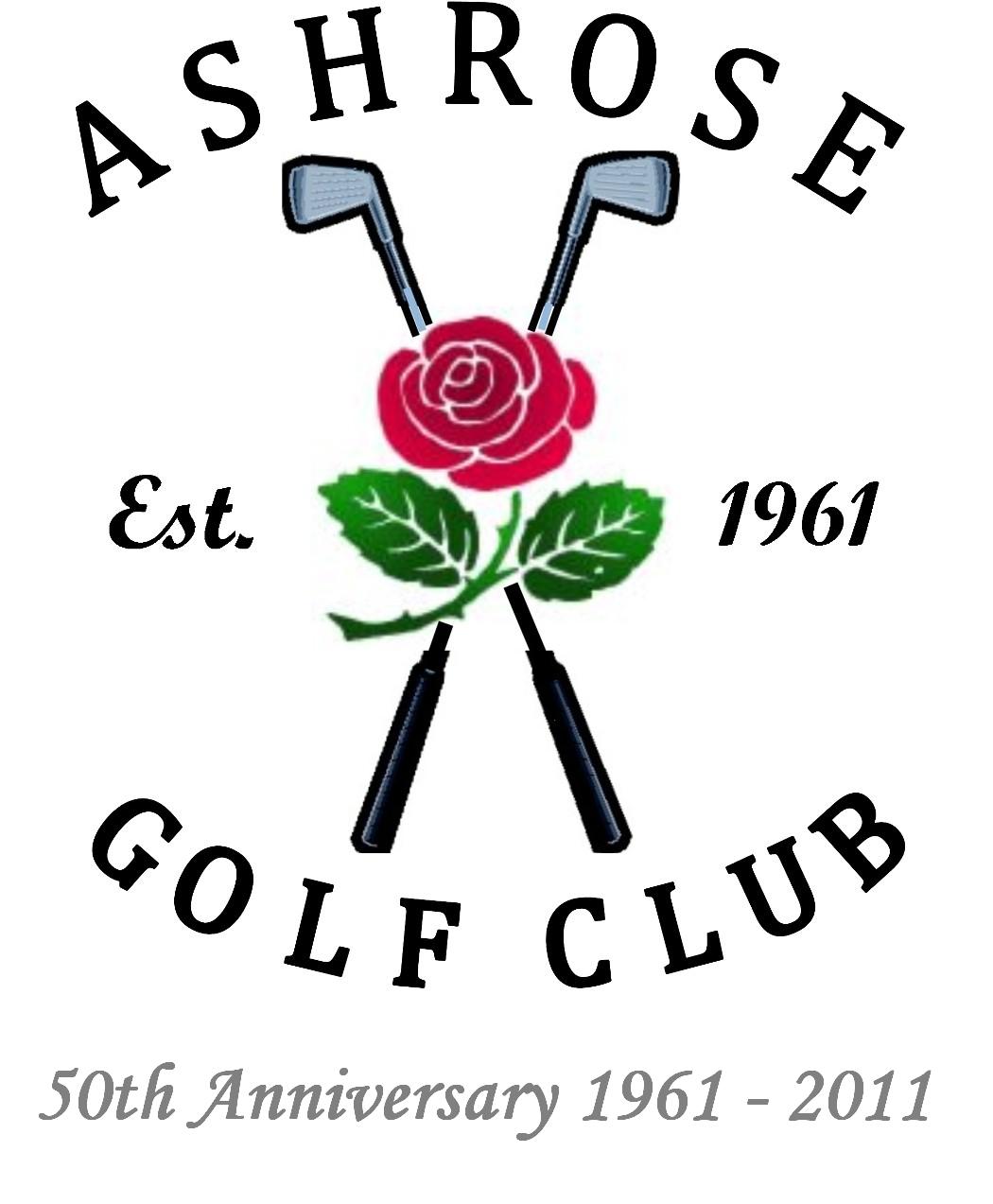If a ball putted from the putting green hits another ball at rest on the green, the player who putted is assessed the general penalty (two strokes or loss of hole in match play)
OK, with that out of the way, when two balls in motion at the same time run into each other, how you proceed depends on where the balls were when the strokes were made.
- If two balls in motion putted from the putting green collide, the strokes should be replayed.
- If one of the balls was played from off the green and the other was on the green, the one hit from off the green should be played as it lies, while the one played from the putting green must be replayed from the previous spot.
- If both balls were played from anywhere outside the putting green, for instance the mid-air collision from the fairway, then the balls should be played as they lie.
All of this is covered in Rule 11.1.
Also, remember that if you have to replay from off the green, the ball should be dropped within one clublength (not nearer the hole) from the reference point where the last shot was estimated to have occurred. It has to be dropped in the same area where it came from (general area, penalty area or bunker). If you’re replaying on the green, you place the ball, you don’t drop it. See Rule 14.6.
